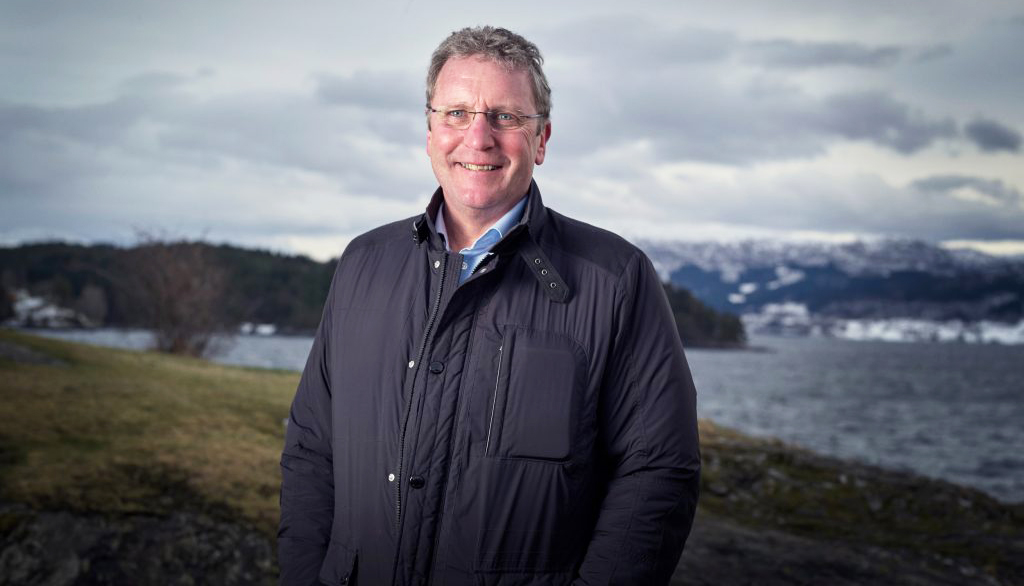Grieg \’winning biological battle\’ on Shetland

Grieg Seafood is continuing to get on top of its long running biological problems on Shetland, the company said in its 2020 second quarter results published today.
Shetland harvest volumes at 3,770 tonnes, although slightly below guide, were 14 per cent up on the same period last year, while revenue rose by two per cent to NOK 230.5 million (£20 million), although this was offset by low market prices.
The EBITDA (earnings before interest, tax depreciation and amortisation) showed a loss of NOK 13.5 million compared to a surplus of NOK 5.2 million in Q2 2019.
Globally, Grieg said the Covid-19 pandemic continued to impact the market situation during the second quarter:
\’The escalation of the pandemic and measurements taken by governments around the world to address the situation, have caused uncertainties for producers, processors and end consumers. Nevertheless, despite the challenging circumstances, demand for Atlantic salmon remained strong and Grieg Seafood has been able to maintain efficient operations throughout the quarter.\’
Total harvest volumes were 23,910 tonnes GWT in Q2 2019, compared to 21,802 tonnes in Q2 2019.
Total global revenues during the quarter amounted to NOK 1.4 billion (£120 million), down from NOK 1.5 billion in the second quarter of 2019.
CEO Andreas Kvame, said:
\’The second quarter of 2020 was impacted by the continuous effect of the Covid-19 pandemic. Thanks to our fantastic employees, I am proud to state that Grieg Seafood has been able to maintain efficient operations throughout the quarter. Employee safety and wellbeing is our priority, and we have kept in place all HSE measures implemented at the beginning of the pandemic to reduce the risk of Covid-19 outbreaks as much as possible.
\’We have particularly seen disruptions in the US market due to Covid-19, which is mainly supplied by our British Columbia region. However, lower prices in the US have been matched by improved biology, lower costs and increased competitiveness in British Columbia.
\’In Finnmark and Rogaland, the underlying biology remains strong. However, due to low seawater temperatures during the winter and spring, we have experienced reduced growth in Finnmark. Based on this external factor in combination with expectations of low market prices in the short term, we have decided to optimize production, utilize our existing licenses and postpone some harvest to 2021.
\’In Shetland, cost has remained high during the quarter, due to few synergies between our operations on the Shetland isles and Skye in Scotland.\’
Providing more details about Shetland, Grieg said:
\’The UK market had a significant discount compared to the Norwegian/European market during the quarter. In addition, the price achievement was somewhat impacted by a lower superior share of 72 per cent in Q2 2020 compared to 96 per cent in Q2 2019.
\’ During the quarter, the sea lice level remained high with corresponding intensity in mechanical treatments, impacting survival rates and superior share negatively, and driving up cost per kg. However, cost per kg improved significantly from Q2 2019. Compared to Q1 2020, cost was slightly up, driven by increased mortality write downs. The cost per kg is still significantly above our target, but with increased production and higher harvest volumes, we expect to drive down the cost per kg in the longer term\’.
Grieg Seafood Shetland said it co-operates with other sea farmers in the region to secure sustainable marine biology:
\’Production is concentrated to the best sites with the strongest biological control, and routines and systems for monitoring and mitigating algae-related issues have been implemented.
\’Other measures to ensure strong biosecurity, improved fish health and welfare, and control of the sea lice situation in particular, include the use of aeration systems, cleaner fish, sea lice skirts and freshwater treatments. Healthy and robust smolt is essential to secure growth and reduce cost.
\’Grieg Seafood Shetland has taken several measures to improve the smolt quality, including a new vaccination strategy. The initiatives are providing positive results, and survival rate on smolt transferred to sea in 2020 has increased significantly.\’

